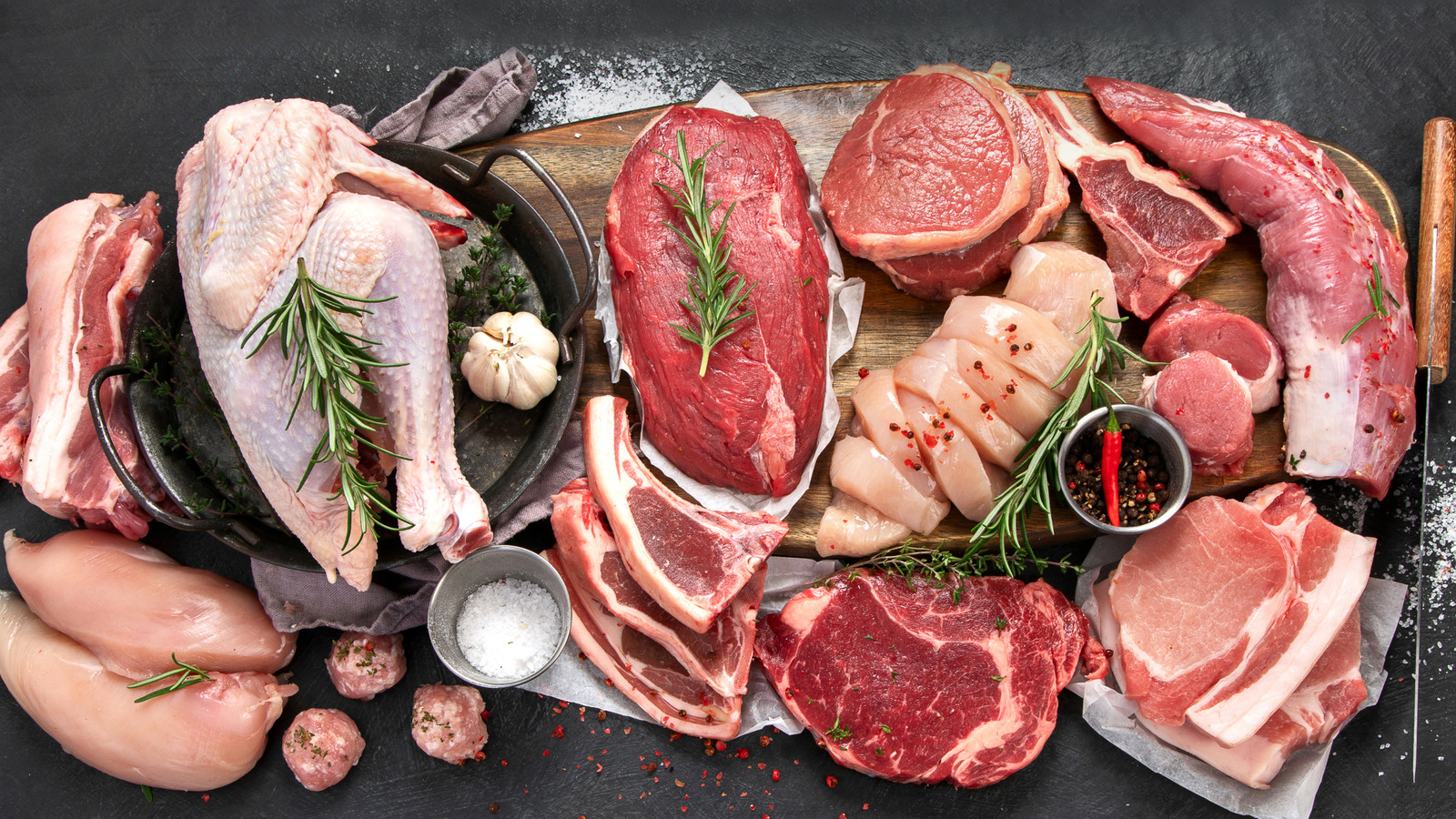If you’re a meat-lover, you likely know all about chuck roast, flank steak, and ground beef. These commonly used cuts are easy to get and relatively simple to cook with. But if you’re looking for some underrated yet highly delicious and affordable varieties, look no further than the lesser-known offal.
A catchall term for a specific grouping of meat, offal refers to internal organs and butchery leftovers like liver, heart, tongue, kidneys, and intestines. While not as common as cuts of steak or meat for a pot roast, offal offers affordable, high-quality cuts packed with flavor. To find out more, Food Republic spoke to Imam Rafiq, CEO at Halal Watch World LLC. “I think it’s full-bodied, umami-rich flavor — liver’s faint irony depth or heart’s compact, meaty chew — sets it distinctly apart from pricier cuts,” Rafiq said. Common in halal, Rafiq mentioned that offal is also known for being nutrient-dense — they’re the most mineral and vitamin-packed part of the animal, after all.
Additionally, offal is known for having textures very different from muscle meats, including being rubbery like tendons, spongy like lungs (although you won’t be able to get lungs in the U.S.), or smooth and silky like liver. Since they’re so different from mainstream cuts, he also said that they’re perfect for an adventurous cook. “Its affordability, versatility, and cultural value … make it a hidden gem I enjoy exploring for budget-friendly, tasty meals that don’t sacrifice quality,” Rafiq explained.
Tips for cooking with offal
Since offal is different from the cuts you’re likely accustomed to working with at home, you’ll want to be strategic about how you prep and cook it. This helps to ensure you get the most out of your new culinary experience. First off, it’s important to purchase quality meat. “Always get your fresh, brightly colored offal from a reliable butcher, and ease yourself into this sweet-natured ingredient,” Imam Rafiq said. He recommended starting with calf liver as it’s a particularly good option for newbies. He suggested soaking it in milk for 1 to 2 hours to soften its flavor before pan-searing over high heat for just about 3 to 4 minutes per side. “That helps keep it tender and accessible,” Rafiq said.
While used in various cuisines around the world, some of the more widely known uses of offal are in Middle Eastern foods. Rafiq suggested making kebabs with offal that’s been marinated with lemon, garlic, and spices and then grilled. You can also try your hand at Lebanese or Moroccan dishes, like liver with caramelized onions or spiced heart skewers, as Rafiq said they both excel at cooking with offal. “These dishes offset offal’s richness with well-known flavors, which makes them a delicious on-ramp,” Rafiq explained.






